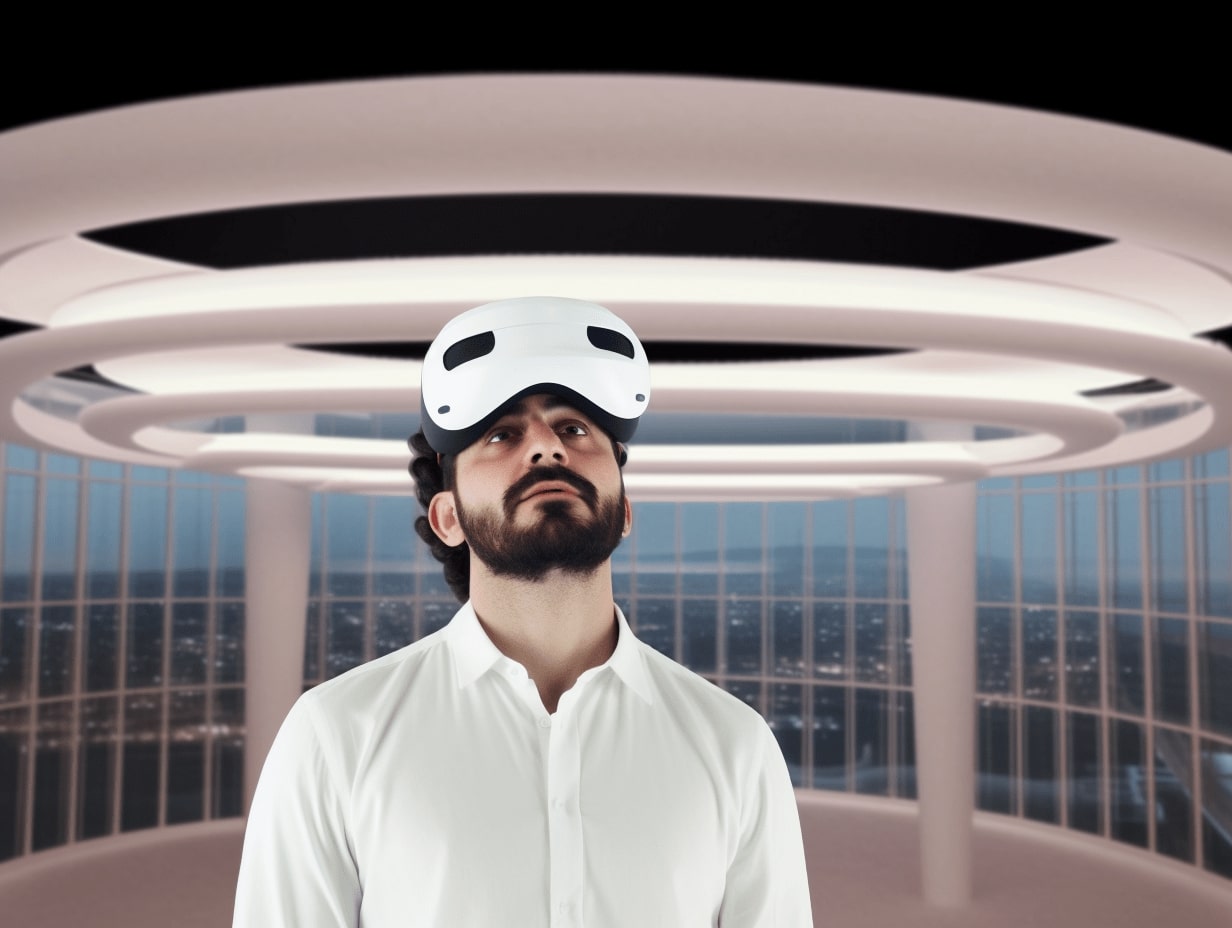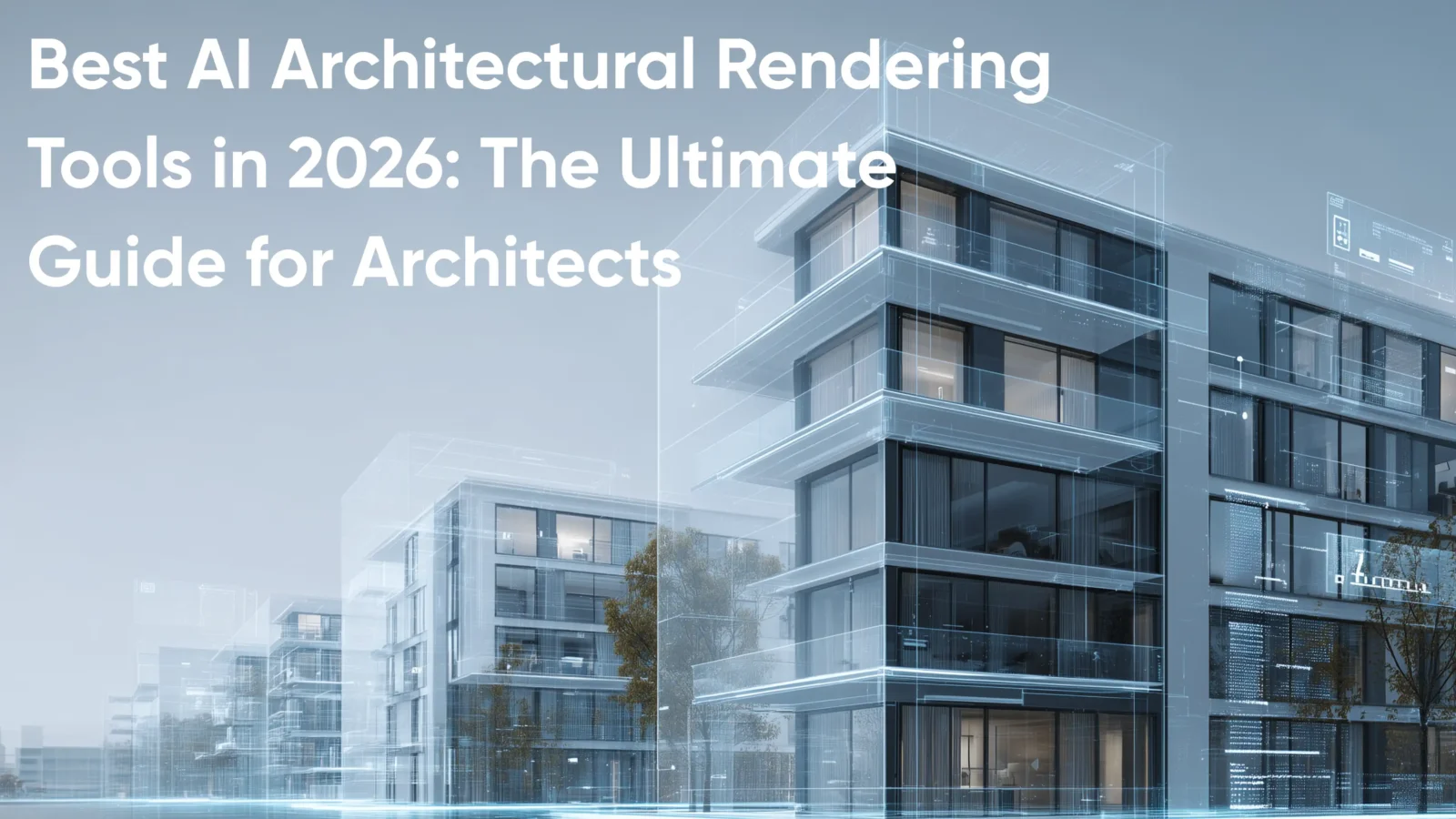- Home
- Articles
- Architectural Portfolio
- Architectral Presentation
- Inspirational Stories
- Architecture News
- Visualization
- BIM Industry
- Facade Design
- Parametric Design
- Career
- Landscape Architecture
- Construction
- Artificial Intelligence
- Sketching
- Design Softwares
- Diagrams
- Writing
- Architectural Tips
- Sustainability
- Courses
- Concept
- Technology
- History & Heritage
- Future of Architecture
- Guides & How-To
- Art & Culture
- Projects
- Interior Design
- Competitions
- Jobs
- Store
- Tools
- More
- Home
- Articles
- Architectural Portfolio
- Architectral Presentation
- Inspirational Stories
- Architecture News
- Visualization
- BIM Industry
- Facade Design
- Parametric Design
- Career
- Landscape Architecture
- Construction
- Artificial Intelligence
- Sketching
- Design Softwares
- Diagrams
- Writing
- Architectural Tips
- Sustainability
- Courses
- Concept
- Technology
- History & Heritage
- Future of Architecture
- Guides & How-To
- Art & Culture
- Projects
- Interior Design
- Competitions
- Jobs
- Store
- Tools
- More
Revolutionizing Design: The Impact of VR in Architecture
Discover how virtual reality (VR) is transforming architecture by enhancing design visualization and collaboration. This article explores the immersive experiences VR offers, from interactive walkthroughs to realistic simulations, fostering creativity and improving client engagement.

Virtual reality is transforming the way we approach architecture, and we’re excited to explore its potential. By immersing ourselves in virtual environments, architects can visualize designs in ways that traditional methods simply can’t match. This technology not only enhances creativity but also streamlines collaboration among teams and clients.
As we delve into the impact of VR in architecture, we’ll uncover how it allows us to experience spaces before they’re built. From interactive walkthroughs to realistic simulations, VR is reshaping our understanding of design and functionality. Join us as we navigate this cutting-edge intersection of technology and architecture, revealing the future of building in a virtual world.

Table of Contents
ToggleOverview of VR in Architecture
Virtual reality (VR) technology revolutionizes the architecture field, enhancing design visualization and client engagement. It transforms how architects conceptualize and present projects by enabling immersive experiences.

Definition of VR Technology
VR technology involves creating a simulated environment that users can interact with in a seemingly real or physical way. This immersive experience requires specialized hardware, such as VR headsets, and software that generates 3D environments. Architects use VR to allow clients to explore designs through interactive simulations, improving spatial understanding and emotional connection to the space.
Importance of VR in Architecture
VR plays a crucial role in architecture for several reasons:
- Enhanced Visualization: VR provides realistic 3D representations of designs, allowing stakeholders to visualize projects accurately.
- Improved Collaboration: VR encourages collaboration among architects, clients, and engineers through shared virtual experiences.
- User Engagement: Clients engage more effectively with designs, as they can navigate virtual spaces, fostering feedback and informed decisions.
- Error Reduction: Identifying design issues early minimizes costly changes during construction. VR enables real-time adjustments based on virtual walkthroughs.
- Increased Creativity: VR inspires architects to experiment with unconventional designs, pushing the boundaries of traditional architecture.
By integrating VR technology, the architecture industry shows a commitment to innovation and improved project outcomes. Moreover, from visualizing complex building designs to conducting virtual reality safety training for construction crews, these advancements are revolutionizing how projects are planned and executed.
Applications of VR in Architecture
VR technology has various applications in architecture, enhancing how we design, present, and collaborate on projects. By integrating VR into our workflows, we elevate our ability to visualize designs and engage with clients effectively.

Design Visualization
Design visualization benefits significantly from VR, allowing us to create immersive experiences that traditional methods can’t match. We can construct 3D models of our projects, offering detailed and interactive representations. Clients navigate through spaces, enabling them to experience the design’s scale, proportions, and ambiance. This immediacy facilitates better comprehension of complex designs and prompts valuable feedback early in the process.
Client Presentations
Client presentations transform with VR technology. Instead of relying on static images or 2D drawings, we provide immersive walkthroughs that showcase our designs in a realistic context. Clients engage with elements, such as materials and lighting, helping them form informed opinions about their future spaces. By offering a firsthand experience, we build trust and confidence, reducing misunderstandings about design intent and expectations.
Project Collaboration
Project collaboration improves through VR, fostering communication among architects, engineers, and contractors. We can share virtual environments where all stakeholders collaborate in real-time, identifying issues before construction begins. This joint approach minimizes errors, enhances teamwork, and accelerates decision-making. As a result, we streamline our workflows, ensuring more efficient project execution.
Benefits of Using VR in Architecture
Incorporating VR into architecture offers multiple advantages, enhancing the overall design and construction process significantly. We can explore key benefits, including enhanced design clarity, improved client engagement, and streamlined workflow.

Enhanced Design Clarity
Utilizing VR improves design clarity by enabling architects to create immersive 3D models. We can visualize projects in a real-world context, allowing for a better understanding of dimensions, materials, and spatial relationships. Clients can experience designs firsthand, which reduces confusion and aids in decision-making. This clarity leads to fewer revisions during the design phase, saving time and resources.
Improved Client Engagement
VR transforms client engagement through interactive walkthroughs and realistic simulations. Clients can navigate spaces before construction, experiencing the layout and flow of designs. This interactivity fosters deeper discussions, as clients provide immediate feedback based on their experiences. Such engagement nurtures trust and strengthens the architect-client relationship, ensuring the final design aligns closely with client expectations.
Streamlined Workflow
Integrating VR streamlines workflows by facilitating collaboration among all project stakeholders. Architects, engineers, and clients can interact within the same virtual environment, discussing changes in real-time. This unified approach minimizes errors and miscommunications, allowing teams to resolve issues quickly. The overall efficiency gained from streamlined workflows enhances project delivery and supports the completion of designs on schedule.
Challenges and Limitations
Despite the advantages of VR in architecture, several challenges and limitations exist that can hinder widespread adoption and effectiveness.

High Initial Costs
Implementing VR technology involves substantial initial investments. Hardware costs vary, including high-performance computers, VR headsets, and peripherals. Software expenses also add up, as specialized programs for architectural visualization often require licensing fees. These financial barriers may deter smaller firms or individual architects from integrating VR into their practices, limiting access to this innovative technology.
Technical Limitations
Technical limitations affect the overall effectiveness of VR in architecture. Issues may arise from software compatibility, hardware requirements, or insufficient processing power. Some VR applications demand high-resolution graphics and robust systems to deliver realistic experiences, which can strain budgets and technical resources. Moreover, user discomfort, such as motion sickness, can limit the duration of VR sessions, reducing the practical usability of these immersive environments.
User Adoption Issues
User adoption presents significant challenges as well. Resistance to change can stem from a lack of familiarity with VR technology, creating a learning curve for architects and clients. Training sessions are essential for staff to become proficient in VR tools, often resulting in additional time and resource investments. Furthermore, clients may prefer traditional visualization methods, leading to hesitations in embracing VR solutions. Overcoming these barriers is crucial for maximizing the potential benefits of VR in architecture.
Future Trends of VR in Architecture
The future of VR in architecture looks promising, with ongoing advancements poised to redefine design processes and execution. We can expect significant developments in areas such as integration with AI and AR, as well as a heightened focus on sustainability in architectural design.

Integration with AI and AR
Integration with AI and AR enhances the capabilities of VR in architecture. AI algorithms can analyze design data, offering insights and automating processes, which makes design more efficient. For instance, AI can generate design options based on particular parameters, letting architects explore creative solutions effortlessly.
AR complements VR by overlaying digital information in the real world, allowing architects and clients to visualize changes directly on-site. Clients can use AR to see proposed modifications to existing structures, enabling real-time feedback. The synergy between these technologies will lead to richer, more engaging experiences and optimize design workflows.
Sustainability in Architectural Design
Sustainability plays a critical role in shaping future architectural practices. VR can simulate energy consumption and environmental impacts during the design phase, enabling architects to make informed decisions. For example, architects can analyze sunlight patterns and airflow dynamics to maximize natural light and reduce energy costs.
Utilizing VR for sustainability fosters a deeper understanding of materials, allowing architects to evaluate the environmental impact of their choices. By visualizing designs in various contexts, we can create solutions that balance aesthetics, functionality, and ecological responsibility. The future emphasizes eco-friendly designs, where VR aids in creating spaces that adhere to sustainable principles.
Conclusion
VR revolutionizes architecture by enhancing design visualization and collaboration, providing immersive experiences that traditional methods cannot match. By integrating VR, we improve project clarity and client engagement, utilizing interactive walkthroughs and realistic simulations to foster meaningful feedback.
The benefits of VR extend to enhanced workflows, allowing us to streamline communication among stakeholders and minimize errors during the planning stages. As we harness this technology, we encounter challenges such as high initial costs, technical limitations, and user adoption hurdles. Addressing these issues is essential for fully realizing the advantages of VR in our industry.
Future trends indicate a promising path through the integration of AI and AR, which can further refine design processes and client interactions. Emphasizing sustainability in our practices positions VR as a vital tool that helps us assess environmental impacts during the design phase, ultimately leading to eco-friendly architecture. As we move forward, embracing VR will significantly impact our approach to architecture, reinforcing our commitment to innovation and excellence.
- 3D architectural visualization
- architectural visualization tools
- architectural VR solutions
- architecture VR technology
- Augmented Reality Architecture
- Immersive design architecture
- virtual architecture tours
- virtual design environments
- Virtual Reality Architecture
- virtual reality in design
- VR building design
- VR design in construction
- VR for architects
- VR in Architecture
- VR modeling for architecture
I create and manage digital content for architecture-focused platforms, specializing in blog writing, short-form video editing, visual content production, and social media coordination. With a strong background in project and team management, I bring structure and creativity to every stage of content production. My skills in marketing, visual design, and strategic planning enable me to deliver impactful, brand-aligned results.
Submit your architectural projects
Follow these steps for submission your project. Submission FormLatest Posts
25 Best AI Architectural Rendering Tools in 2026
AI is revolutionizing architectural visualization in 2026, enabling faster iterations, richer creativity,...
Best 3D Printers for Architectural Model Making
3D printing has transformed how architects visualize and communicate their ideas. From...
Visualizing the Invisible: How 3D Rendering Revolutionizes Basement Waterproofing Design
The architectural visualization revolution has transformed how designers approach complex building challenges,...
How 3D Product Visualization Software Is Redefining the Future of Design Presentation
In the evolving world of architecture, product design, and interior visualization, 3D...












Leave a comment